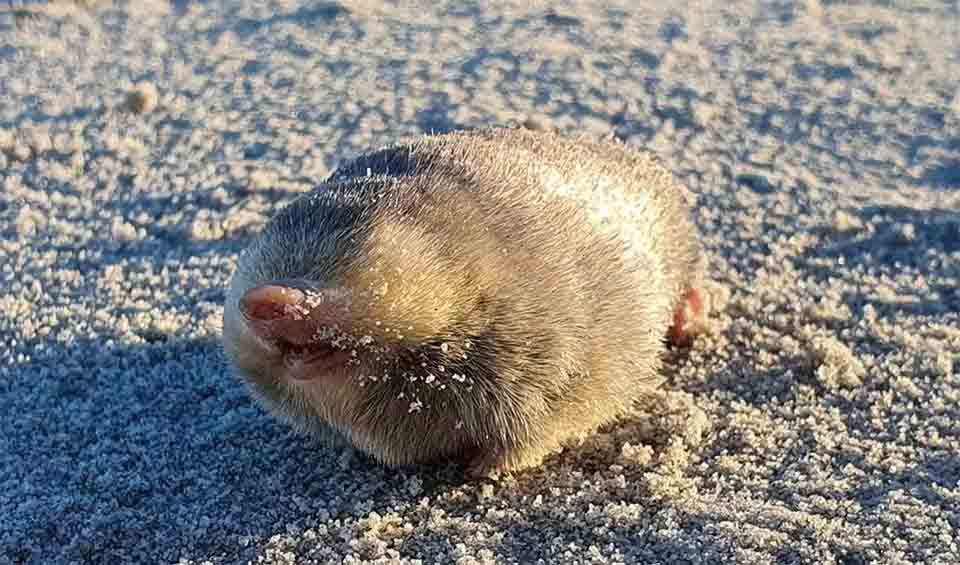A species shrouded in both mystery and misnomer, it represents a remarkable example of adaptation and specialization in the animal kingdom. Despite what their common name might suggest, these creatures are not moles in the traditional sense, nor do they typically exhibit a golden coloration. Instead, the “golden” aspect of their name derives from an oily secretion that lubricates their fur, imparting an iridescent sheen that can give the appearance of a golden glow under certain lighting conditions. In reality, their fur is predominantly slate grey, accented with a subtle yellowish tinge, a coloration that blends seamlessly with their subterranean habitats.
The world of De Winton’s golden mole is one of darkness. Blindness in these moles is not a handicap but an adaptation to their underground existence. They do not rely on sight to navigate or hunt; instead, they possess distinctive skeletal characteristics that amplify their ability to detect vibrations in the ground, allowing them to locate prey with remarkable efficiency. This adaptation to “hear” through the ground is a testament to the evolutionary ingenuity that has enabled them to thrive in environments inhospitable to many other species.
However, the unique adaptations and intriguing lifestyle of De Winton’s golden mole are overshadowed by the dire threats they face. Habitat destruction poses the most significant risk to their survival, with large-scale alluvial diamond mining operations devastating the landscapes they call home. These operations disrupt the soil and vegetation and radically alter the ecological balance of the areas, making them uninhabitable for species that depend on stable, undisturbed environments to survive.
Listed as Critically Endangered, the conservation status of De Winton’s golden mole reflects the urgent need for measures to protect these remarkable creatures and their habitats. There is a looming concern that they may already be extinct, a tragic testament to the impact of human activities on the planet’s biodiversity.
Distribution
 South Africa
South AfricaAnything we've missed?
Help us improve this page by suggesting edits. Glory never dies!
Suggest an editGet to know me
Terrestrial / Aquatic
Altricial / Precocial
Polygamous / Monogamous
Dimorphic (size) / Monomorphic
Active: Diurnal / Nocturnal
Social behavior: Solitary / Pack / Herd
Diet: Carnivore / Herbivore / Omnivore / Piscivorous / Insectivore
Migratory: Yes / No
Domesticated: Yes / No
Dangerous: Yes / No





